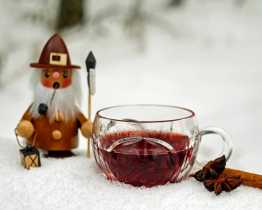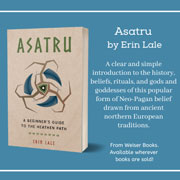
As with any holiday celebration, food plays an important role in New Year's Eve and Day traditions around the world. Many people eat pomegranates, that sacred fruit of Persephone associated with rebirth. In Spain, since the turn of the 20th century, it's been the tradition to eat twelve grapes -- one for each month of the coming year and for each toll of the midnight bell. In Charleston, SC (and across the American South), hoppin' john is considered good luck -- the beans symbolize coins -- a tradition originating in African American culture. While waiting for the New Year's ball to drop, my family has always shared a platter of crackers, summer sausage and ham, and a variety of cheeses with champagne for the adults and sparkling grape juice for the kids (we always called it Kinderwein, thanks to our time living in Germany and our partially German American roots).
In addition to pork and ham, Germans also make and eat Glückschwein, marzipan confections in the shape of pigs. The Germanic veneration of pigs goes back a long way to pre-Christian times. Remember that boars are associated with Freyr and Freya -- the golden-bristled Gullinbursti and the disguised lover Hildisvini, respectively. That tradition continues today -- pigs are lucky animals in German culture, symbolizing wealth and health. The term Glückschwein means just that: "lucky pig."
...-
 I grew up in Switzerland. On New Year's Eve at the dinner-and-dance clubs, they used to bring a baby pig at midnight and let every
I grew up in Switzerland. On New Year's Eve at the dinner-and-dance clubs, they used to bring a baby pig at midnight and let every -
 Thanks for sharing these traditions! I remember the pigs with clover from parts of Germany, too. The piglet tradition is new to me
Thanks for sharing these traditions! I remember the pigs with clover from parts of Germany, too. The piglet tradition is new to me -
 Greens were supposed to represent folding money, but dad would always turn the heat up to high and scorch them. The kitchen stank
Greens were supposed to represent folding money, but dad would always turn the heat up to high and scorch them. The kitchen stank -
 Sounds like you're from the Carolinas! I love those food traditions. Thanks for sharing!
Sounds like you're from the Carolinas! I love those food traditions. Thanks for sharing!




















